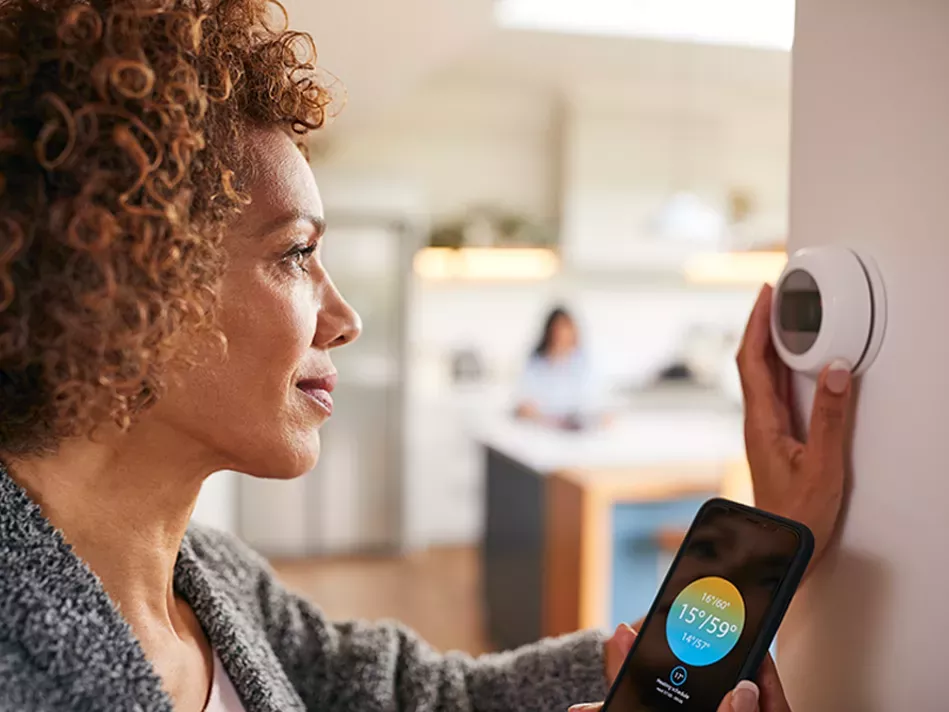
Unveiling Sustainability: The Power of DIY Home Energy Audits
Embarking on a DIY home energy audit is a proactive step toward a more sustainable and energy-efficient living space. Discover the benefits, easy steps, and impactful changes you can make to enhance your home’s energy performance.
The Importance of Home Energy Efficiency
Understanding your home’s energy efficiency is crucial in today’s environmentally conscious world. A DIY home energy audit allows you to assess how efficiently energy is used, identifying areas for improvement. Energy-efficient homes not only reduce environmental impact but also lead to cost savings through lower utility bills.
Assessing Energy Consumption: A Step-by-Step Guide
Begin your DIY home energy audit by assessing energy consumption throughout your property. Examine lighting, appliances, HVAC systems, and electronics. Identify energy-efficient alternatives and consider upgrading to LED lighting, ENERGY STAR-rated appliances, and programmable thermostats. These changes contribute to long-term energy savings.
Detecting Drafts and Air Leaks
Addressing drafts and air leaks is a significant aspect of a DIY home energy audit. Conduct a thorough inspection of windows, doors, and any openings to the exterior. Seal gaps with weather stripping or caulk to prevent heat loss during colder months and keep cool air in during warmer seasons. This simple step enhances your home’s insulation and reduces energy waste.
Inspecting Insulation
Proper insulation is key to maintaining a comfortable indoor temperature while minimizing energy consumption. During your DIY home energy audit, inspect the insulation in your walls, attic, and floors. Upgrade or add insulation where needed to improve thermal efficiency, ensuring your home stays cooler in the summer and warmer in the winter.
Evaluating Appliance Efficiency
Assess the efficiency of your household appliances as part of the DIY home energy audit. Check for ENERGY STAR labels, indicating appliances meet strict energy efficiency guidelines. Consider upgrading outdated appliances with more energy-efficient models. This not only reduces energy consumption but also contributes to a more sustainable home.
Monitoring Heating and Cooling Systems
Heating and cooling systems often account for a significant portion of home energy usage. Evaluate the efficiency of your HVAC system during the DIY home energy audit. Schedule regular maintenance, replace air filters, and consider upgrading to a programmable thermostat. These measures optimize system performance, reducing energy waste.
Reviewing Water Heating Efficiency
Water heating is another major contributor to home energy consumption. Examine your water heater’s efficiency and insulation. Lower the thermostat setting, insulate hot water pipes, and consider installing a tankless water heater for on-demand hot water, reducing energy usage and associated costs.
Implementing Smart Home Technology
Incorporating smart home technology enhances energy efficiency and control. As part of your DIY home energy audit, consider installing smart thermostats, lighting controls, and energy-monitoring devices. These technologies provide real-time insights and allow you to manage energy usage more effectively, contributing to a greener and more sustainable home.
Monitoring and Maintaining
Completing your DIY home energy audit is just the beginning. Regular monitoring and maintenance are essential for sustained energy efficiency. Establish a routine for checking insulation, sealing gaps, and updating appliances. Consistent efforts ensure your home remains energy-efficient, benefiting both the environment and your household budget.
DIY Home Energy Audits: Take Action Today
Ready to enhance your home’s energy efficiency and embrace sustainability? Explore the world of DIY Home Energy Audits at Jos Corena. Empower yourself with the knowledge and tools to make impactful changes, creating a more energy-efficient and environmentally friendly home.
